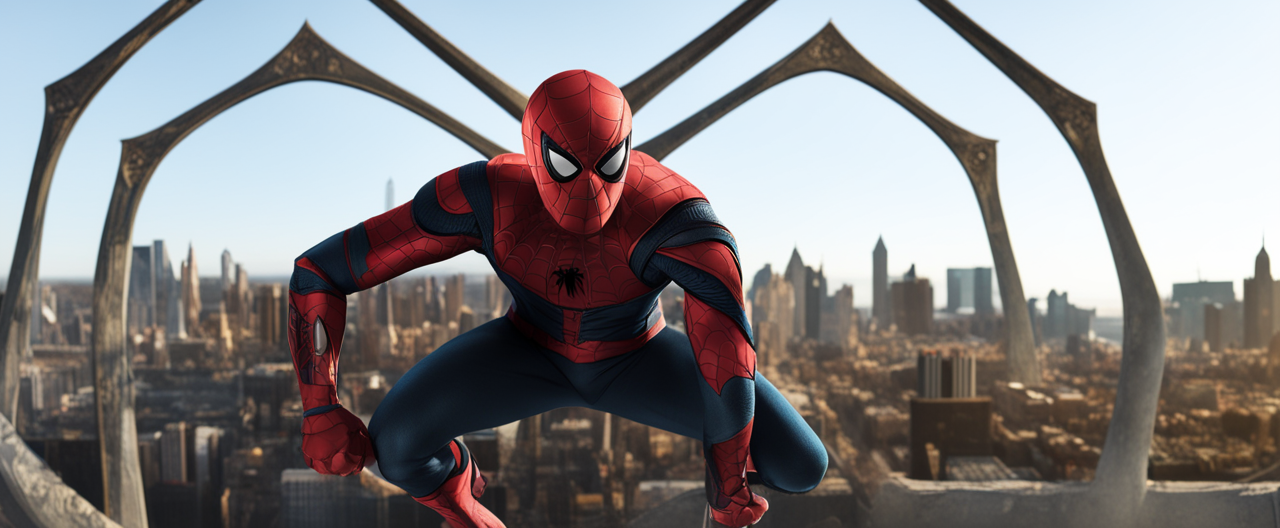- Tubelator AI
- >
- Videos
- >
- Education
- >
- Die Leber: Aufbau und Funktion des größten Organs des menschlichen Körpers
Die Leber: Aufbau und Funktion des größten Organs des menschlichen Körpers
Erfahren Sie mehr über den Aufbau und die zentrale Bedeutung der Leber im menschlichen Körper. Die Leber ist ein 1,5 bis 2 kg schweres Organ, das vielfältige Funktionen erfüllt und eng mit der Gallenblase verbunden ist. Entdecken Sie, wie die Leber durch Bänder in der Bauchhöhle befestigt ist und Blut zur Herzarterie leitet.
Video Summary & Chapters
No chapters for this video generated yet.
Video Transcript
The liver is a 1.5 to 2 kg heavy organ that has everything possible on it.
In contrast to most of their owners, it can multitasking and is the largest
Druse of the human body.
Already their central position, mainly in the right upper abdomen under the dorsal
shaft, indicates their importance and function.
The gallbladder is close to the liver.
The liver is cut through with bands, with which it is attached in the abdominal cavity.
This gives us four liver flaps.
On this image you can see the two large ones, the right and the left liver flap.
Below you can see a little of the gallbladder and above the lower lumbar spine.
Don't be surprised, it's called lower, although it's up here because it's considered and named
by heart and not by liver.
It looks a bit like it comes out of the liver, but actually it leads past it and brings
the blood from the lower body half to the heart.
Now the liver is turned sideways from behind.
There you can still see two smaller lips, the square and the tail.
In addition, the liver has indentations from the surrounding organs from behind.
Once, oxygen-rich blood flows into the liver for normal organ supply via the liver artery
the liver.
But then oxygen-poor blood also flows out of the vessels that surround the intestine
into the aorta.
This is therefore full of nutrients, especially with simple sugars and the basic components
of protein, i.e. amino acids.
Most of the food fat components, however, do not go directly into the blood, but are
transported in lymphatic tracts.
of the liver.
The blood flows through larger liver veins, which lead to the passing larynx.
With this blood, nutrients from the liver are controlled to the rest of the body.
This is already one of the main tasks of the liver.
Control of the nutrient supply of the body.
There is also a lymph flow from the liver, which you do not see here.
Further, there are also gall blades, which transport the gall fluid from the liver and
collect it in the gall bladder by the so-called common liver passage and the gall bladder passage,
By the way, this common liver passage is called so because it combines the gall bladder of the right
and left liver.
From there, the gall bladder gives the gall back via the gall bladder passage and the
the lower part of the common liver tract, at the 12 fingers,
i.e. in the digestive system.
There we would already be at the second main function of the liver,
the production of blood.
of gallium. Gallium is a liquid that can emulsify fats, so it helps with fat digestion.
But back to the structure. The liver itself looks like a uniform red-brown lump.
But if you look at the liver tissue closer, you can see that it consists of many so-called
hexagonal liver lips, also lobuli hepatitis. And many mean 1 to 1.5 million.
They are separated by binding tissue.
In the middle of such a liver of about 2-3 square millimeters, the so-called central vein goes through.
It is surrounded by the liver cells, the hepatocytes.
At each corner of the sex corner, branches of the pancreas, branches of the liver artery and gallbladder
The blood that the hepatocytes lay flow into each other and lead like spines from the previously mentioned adenoma and liver-arterial branches to the central vein.
These adenospines are called liver capillaries or sinusoids.


 Install Tubelator On Chrome
Install Tubelator On Chrome






